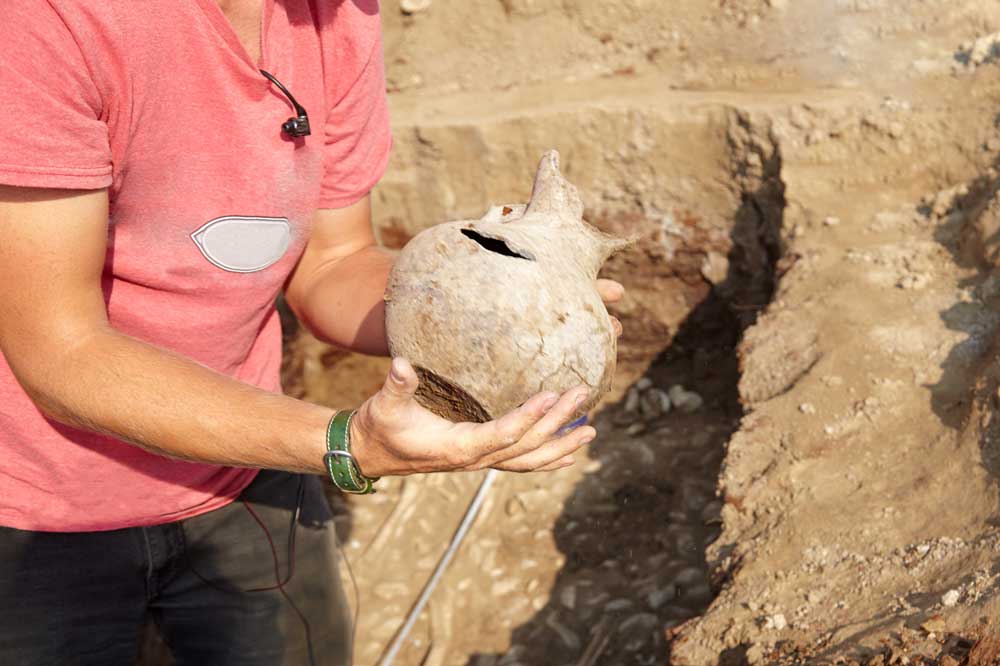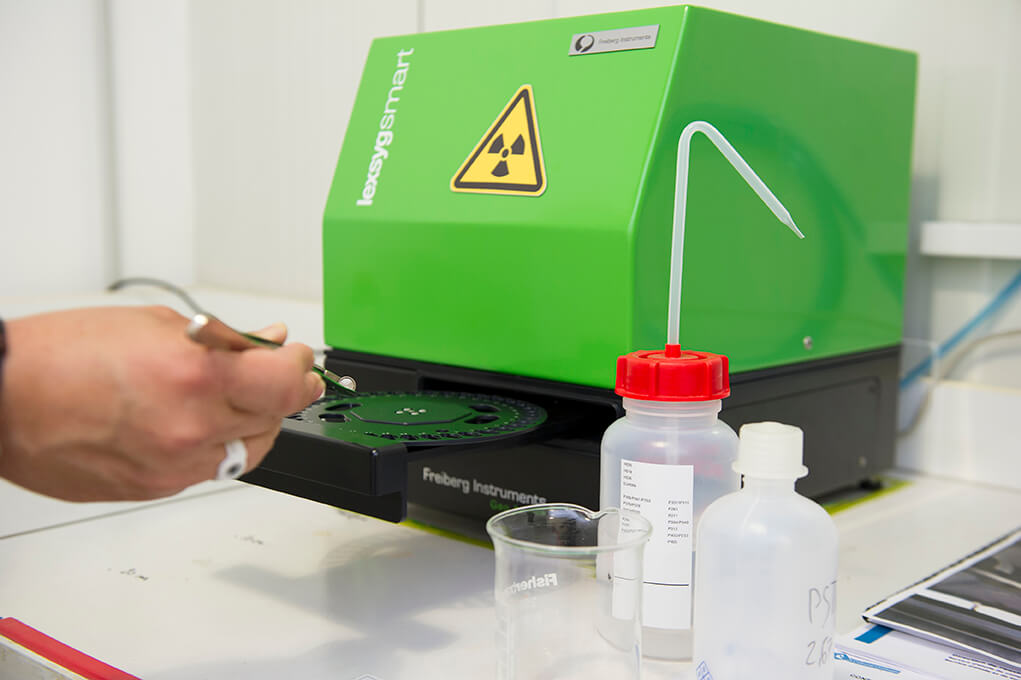
DATATION TL / OSL
Luminescence dating, thermoluminescence (TL) and optically stimulated luminescence (OSL), can be used to date ceramic sherds, building bricks, hearthstones and sediments.
La datation par luminescence chez CIRAM
Le laboratoire CIRAM est le seul laboratoire privé français à réaliser des datations par thermoluminescence et OSL équivalentes aux laboratoires universitaires. Nos groupes de chercheurs utilisent des technologies de pointe pour dater vos artéfacts archéologiques.
The basic theory of luminescence dation (TL / OSL)
Luminescence dating is based on the measurement of the irradiation received by crystals (quartz and feldspars) in terracotta or sediment, respectively, since their last heating or exposure. The amount of irradiation received is proportional to time. The older the ceramic is, the more irradiation it will have received from its environment and will have self-irradiated. The amount of irradiation (or energy) is released by heat for the TL and by light for the OSL. The zero time of the TL will be the last heating of the minerals, when that of the OSL will be their last exposure to light.

Luminescence dating, a state-of-the-art analysis for your chronological problems
In order to perform TL or OSL luminescence dating, CIRAM combines both:
- Doctors and materials engineers who will qualify archaeological materials and associated sediments to obtain the best possible representativeness.
- Advanced technologies, TL-OSL Lexyg smart reader and Germanium detector low background gamma spectrometer.
- Use of methodologies and protocols similar to public institutes and universities.

The steps of TL-OSL dating
Measurement of the archaeological dose
The archaeological dose, also known as the equivalent dose (QNAT), is the amount of irradiation received by the minerals since the last firing or exposure. The archaeological dose is measured in the CIRAM laboratory using our Lexyg Smart TL/OSL reader.
Prior to the measurements, the samples will undergo chemical treatments (hydrochloric acid, oxygen peroxide, acetone, ethanol, and demineralized water arium ® comfort I (H2O-I-…)), in order to remove pollutants such as carbonates and organic matter. Then, a particle size sorting will be performed to select only grains between 40 and 120 µm.
The TL / OSL measurements will be performed on 40 aliquots per sample minimum and will undergo three doses of added irradiation minimum.
The annual dose
The annual dose is the amount of irradiation received by the crystals every year. There are three sources of natural irradiation: self-irradiation (the object irradiates itself), environmental irradiation (up to 1 m), and cosmic irradiation. For this reason, the annual dose value will vary greatly from one burial context to another.
The annual dose is determined by measuring the uranium, thorium, and potassium concentrations of the artifact itself and the surrounding sediments in the laboratory. Dividing the archaeological dose by the annual dose yields the age of the last firing or the age of the last light exposure.
Accurate dating and characterization techniques with CIRAM
CIRAM laboratories combine all techniques to obtain maximum information on your art objects or remains found in an archaeological context. Carbon-14 dating, thermoluminescence dating, imagery and interpretation by scientists in the laboratory, we adapt to the objects as well as to your requests.
Discover all our methods for the analysis and the dation of your objects:
